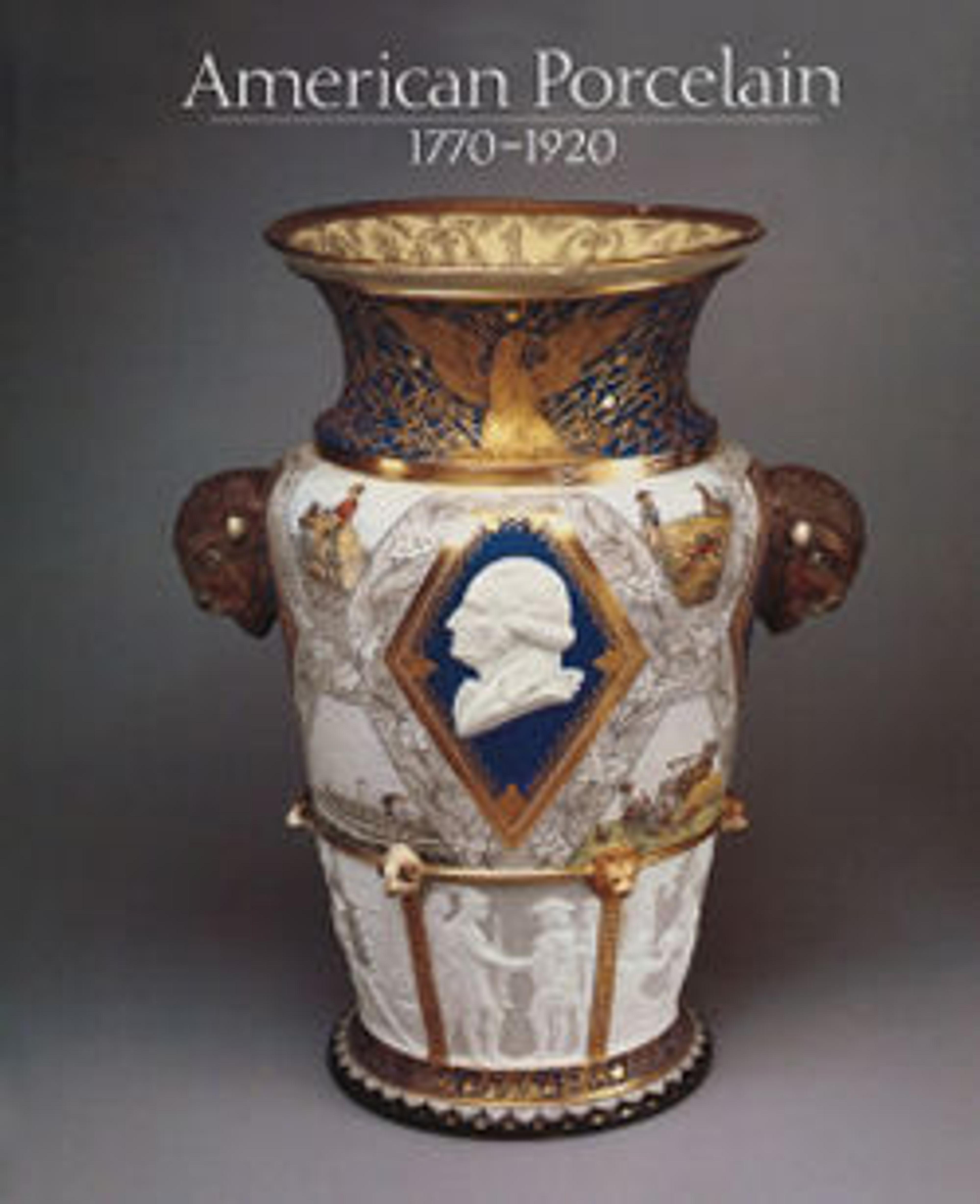The Greek Slave
Beginning in the late 1840s, versions of Hiram Powers’s marble "Greek Slave" were publicly exhibited in both London and the United States. To many, the statue of a young Greek woman in a Turkish slave market symbolized the highest form of artistic achievement and exemplified “good” or “correct” taste. The popular appeal of the sculpture inspired an unprecedented commercial response in the form of affordable reductions in Parian porcelain, plaster, alabaster, and bronze. London-based Minton and Company issued its first Parian porcelain "Greek Slave" in 1848. It was one of several British firms, along with W. T. Copeland, that produced "Greek Slave" statuettes in varying heights for domestic ornament, the recently developed material of Parian porcelain hailed for its resemblance to white marble. The Metropolitan Museum’s example, dated August 1849, no longer has the chain links that were suspended between the figure’s bound wrists.
Artwork Details
- Title:The Greek Slave
- Manufacturer:Manufactured by Minton and Company (1793–present)
- Artist:After Hiram Powers (American, Woodstock, Vermont 1805–1873 Florence)
- Date:1849
- Geography:Made in England
- Culture:American
- Medium:Parian porcelain
- Dimensions:H. 14 1/2 in. (36.8 cm); Diam. 4 in. (10.2 cm)
- Credit Line:Gift of Mr. and Mrs. Russell E. Burke III, 1983
- Object Number:1983.492
- Curatorial Department: The American Wing
More Artwork
Research Resources
The Met provides unparalleled resources for research and welcomes an international community of students and scholars. The Met's Open Access API is where creators and researchers can connect to the The Met collection. Open Access data and public domain images are available for unrestricted commercial and noncommercial use without permission or fee.
To request images under copyright and other restrictions, please use this Image Request form.
Feedback
We continue to research and examine historical and cultural context for objects in The Met collection. If you have comments or questions about this object record, please contact us using the form below. The Museum looks forward to receiving your comments.
